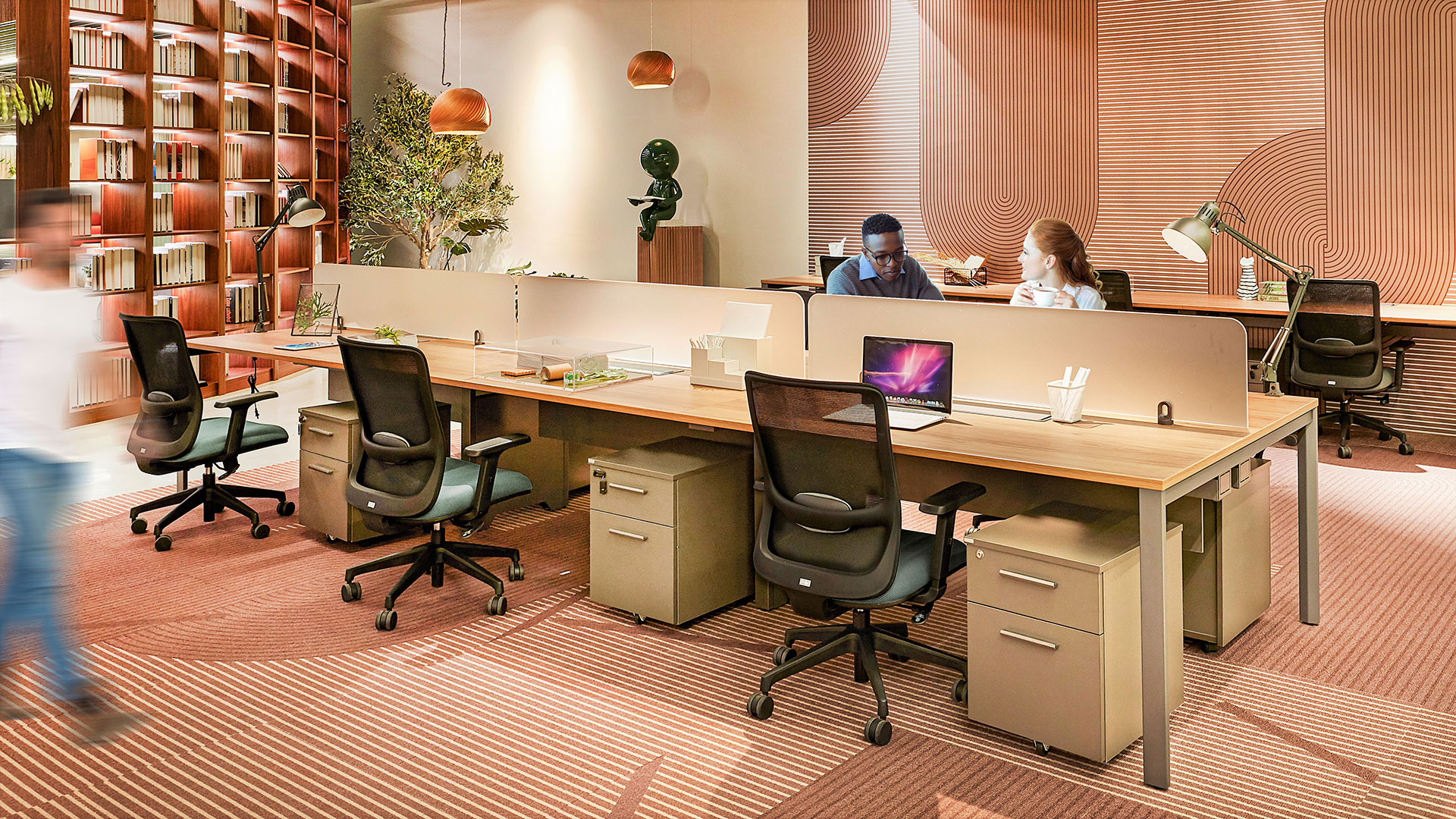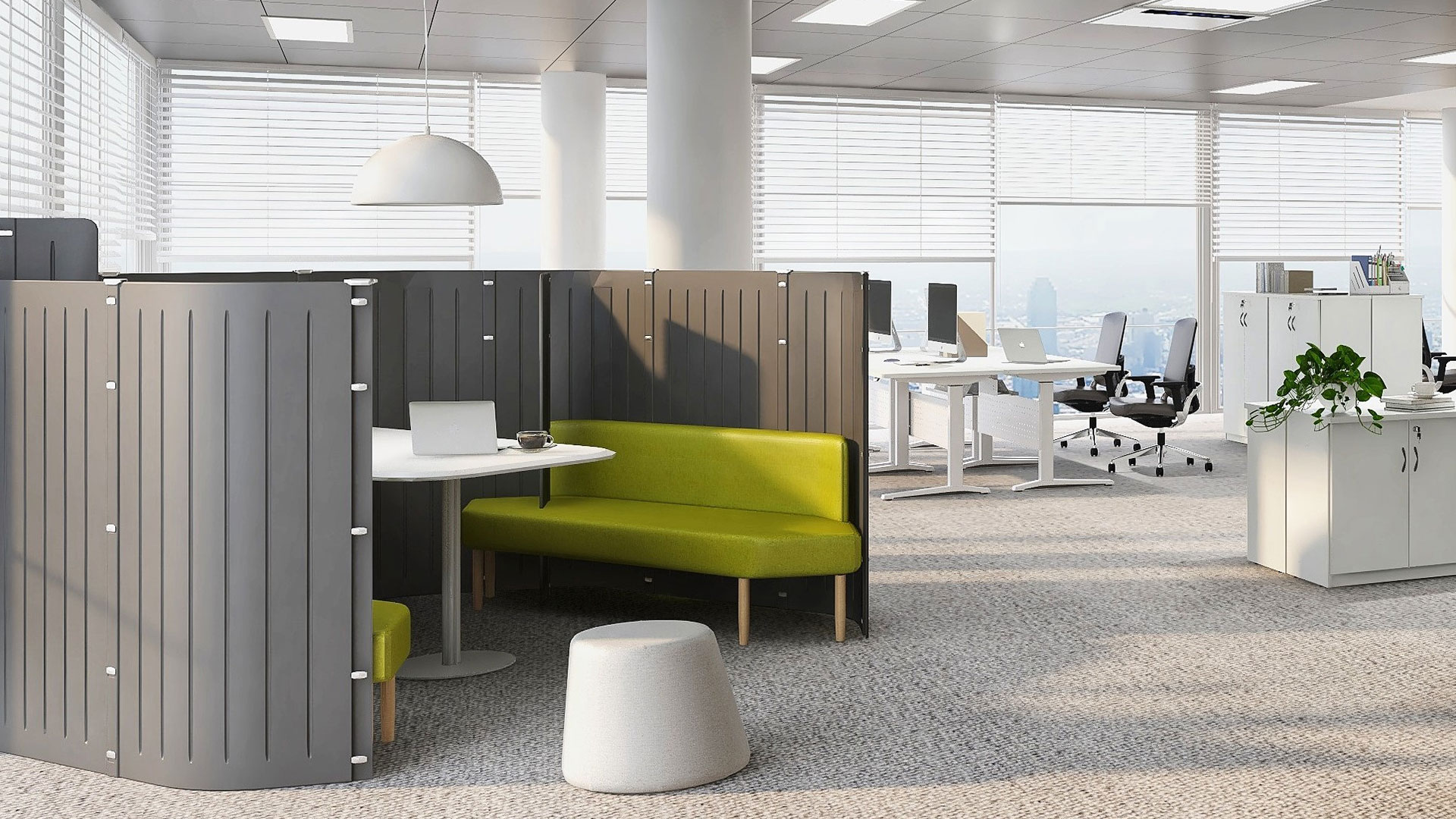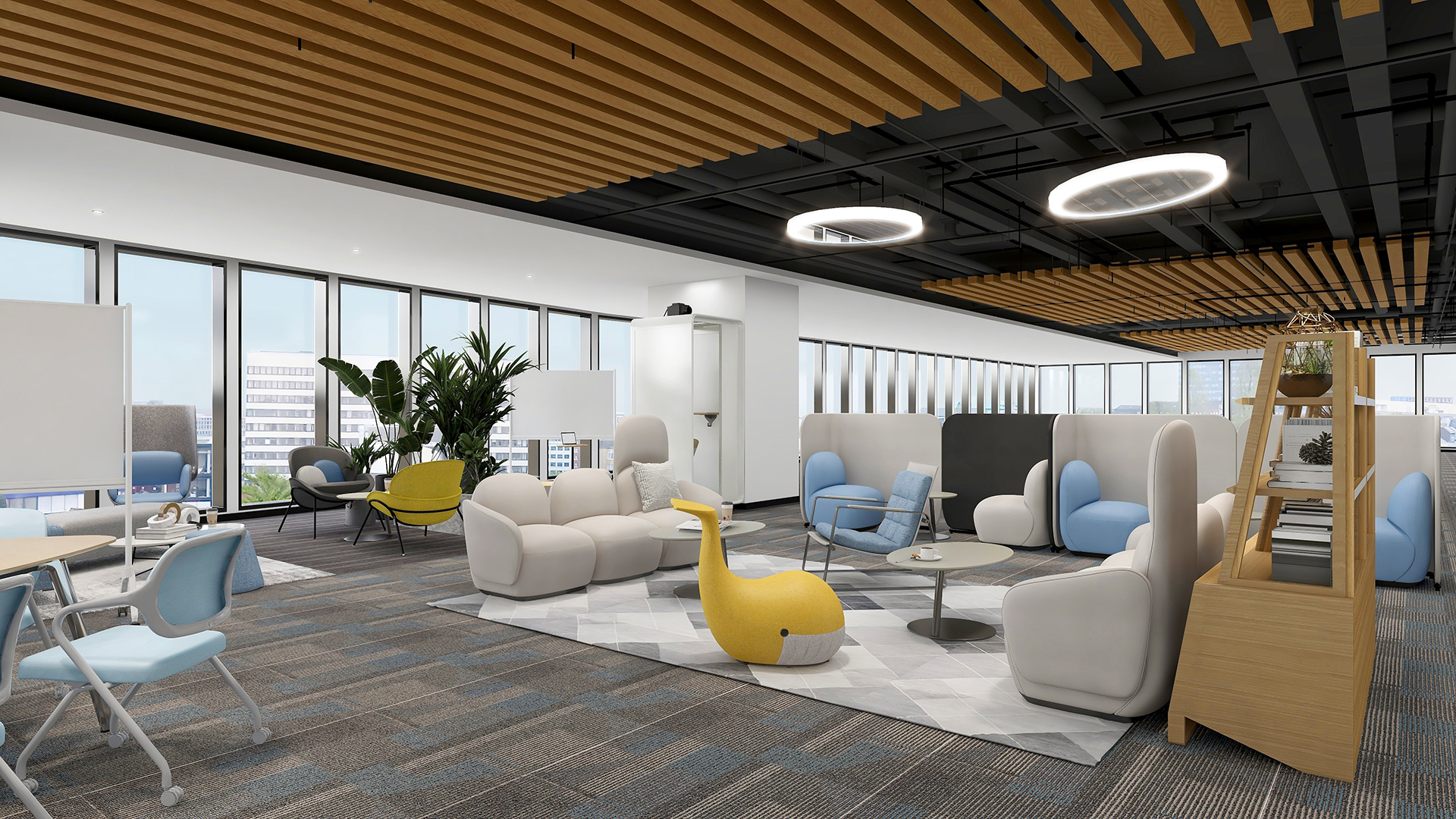
The workforce is becoming more age diverse as a result of individuals opting to work longer hours and higher mandatory retirement ages. There are currently 4 generations working for one company. Baby boomers, the oldest generation, are being joined in the workplace by members of generations X, Y (millennials), and Z. Since each group joined the workforce at a different point, their expectations and experiences in the office will differ. It's difficult to create a workplace when there are so many different people using it. How therefore can a workplace be designed to meet the needs of Gen Z, Baby Boomers, and everyone in between?

Generational preferences
It is obvious that modern office design must take into account working with diverse generations in the workplace. Businesses must first comprehend how different generations feel about the workplace and what that means for their organisation as a whole. Let's look at the most noticeable distinctions to learn how to incorporate them into office design.
Baby Boomers
Born between 1946-64, baby boomers are more goal-oriented, and many of them have grown accustomed to routines after years of holding top positions with the same employer. They are loyal and place a high value on quality. They tend to thrive on routine and familiarity, so the changes brought on by a workplace remodel could be upsetting to them. They frequently prefer that the workplace look professional, rather than like a house, café, or amusement area. They do, however, feel at ease interacting and working together.
Gen X
Born between 1965-80. They are focused on results and frequently motivated at work for pay. Additionally, Generation X values leading a balanced life. This segment finds flexible working and flexibility in the contemporary office appealing. They cherish the chance to work alone, but they equally value the chance to collaborate with generations above and below.

Millennials or Gen Y
Born between 1981-96, Millennials are the first generation of "digital natives," with the majority of its members having grown up in homes with personal computers. As they grew older, technology became more commonplace, leading to a strong sense of comfort and dependence on it as well as a propensity for multitasking. At work, millennials desire freedom in all forms and have less loyalty towards the employer. More than most, they value aspects of outdoor spaces, biophilic design, natural light, and sustainability that promote health, wellbeing, and wellness.
Gen Z
Born between 1997-2012, the preferences of Generation Z are relatively unknown. They are truly digital natives that prefer to work in spaces with lots of technology and rely heavily on digital communication. As a result, worries regarding interpersonal skills deficits in this age are frequently voiced. They tend to avoid open office models and desire privacy and options for more individual work in addition to virtual workspaces. Additionally, they show how important workplace wellness and a healthy work-life balance are to their life.
A multigenerational office design is flexible
Every person has distinctive personality features that transcend generational boundaries. Furthermore, there is undoubtedly no one size fits all approach to workplace design. Making the workplace adaptable is really what multigenerational design is all about. Age-diverse workplaces have been shown to increase employee retention, stimulate innovation, increase the diversity of skill sets, and encourage mentorship.

The optimal option is to establish various work environments so that employees can select the one that best meets their demands. Additionally, this offers the advantage of guiding the organisation toward flexible, activity-based working methods. Offering a choice of work and break-out places, adding modular furniture, and finally granting employees freedom over their workspace are the first steps in creating a flexible workplace. Everyone should be able to select a space in the office that encourages productivity and provides the ideal amount of personal space and collaborative opportunities. We need adaptability and flexibility in the modern workplace to serve a workforce that spans several generations.